Ever wondered what secrets Earth still keeps hidden from our Instagram feeds? In a
world where it feels like every corner has been photographed and shared, some of
nature’s most spectacular masterpieces remain wonderfully obscure, tucked away in
remote corners of our planet.
These aren’t your typical tourist hotspots – they’re the kind of places that make you question whether you’re still on Earth.
The Rainbow Mountains of Zhangye Danxia, China

Imagine walking through a landscape that looks like nature’s attempt at abstract art.
These mountains didn’t get their striking bands of red, yellow, and orange from a
giant’s paintbrush – they’re the result of millions of years of mineral deposits and
tectonic forces.
While similar formations exist elsewhere, none quite match the vivid spectrum displayed here. Local guides often joke that the mountains change their colors like chameleons depending on the weather and time of day.
The Underwater Forest of Lake Kaindy, Kazakhstan

Beneath the turquoise surface of Lake Kaindy lies something straight out of a fairy
tale – an underwater forest of spruce trees still standing tall, their branches reaching
up through the crystal-clear water. Created by an earthquake in 1911, the lake’s
near-freezing temperatures have preserved these trees for over a century.
In winter, when the lake freezes, ice divers can witness this surreal landscape where fish swim through ancient treetops.
Like Travel Pug’s content? Follow us on MSN.
The Crystal Cave of Naica, Mexico
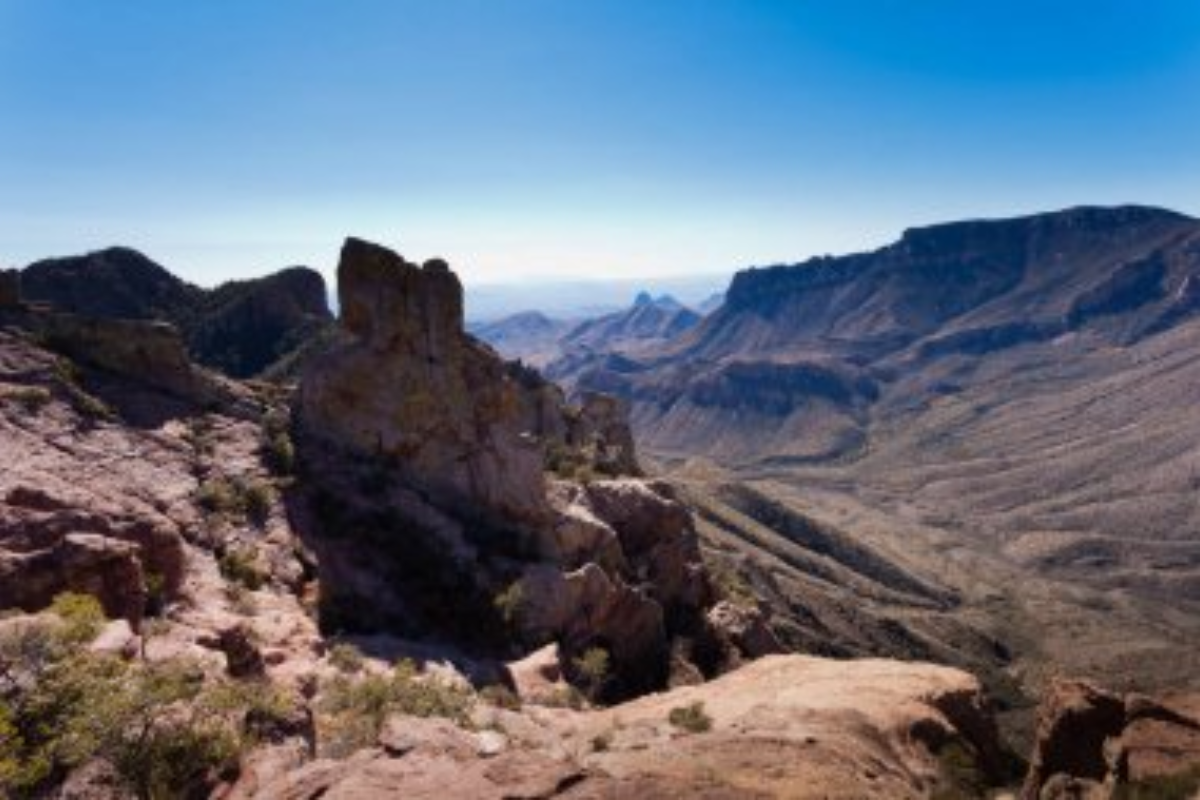
Deep beneath the Chihuahuan Desert lies a cave that seems more likely to exist in
Superman’s Fortress of Solitude than on Earth. Here, crystals larger than school
buses fill caverns the size of cathedrals.
The selenite crystals have been growing for half a million years in conditions so extreme that scientists need special cooling suits just to study them. The cave’s discovery came as a complete surprise to miners who accidentally broke through its walls while searching for silver.
The Blood Falls of Antarctica
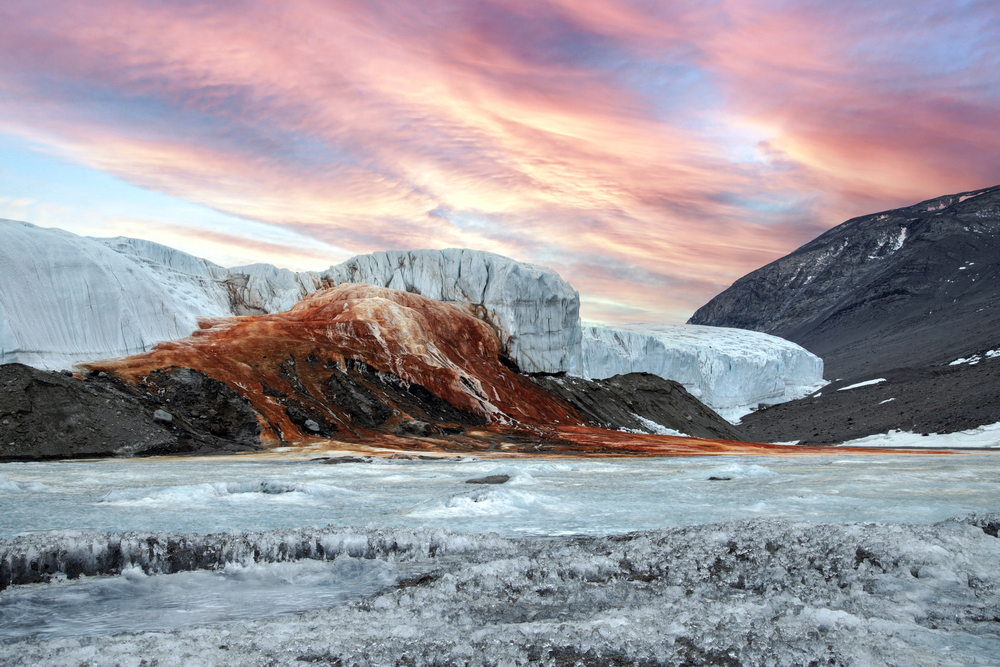
Picture this: a five-story waterfall flowing bright red against pristine white glacier ice.
No, it’s not a scene from a sci-fi movie – it’s Antarctica’s Blood Falls. The crimson
color comes from iron-rich saltwater trapped beneath Taylor Glacier for over a million years.
When the water makes contact with air, it oxidizes, creating the startling blood-red cascade that early explorers once thought was algae.
The Spotted Lake of British Columbia, Canada
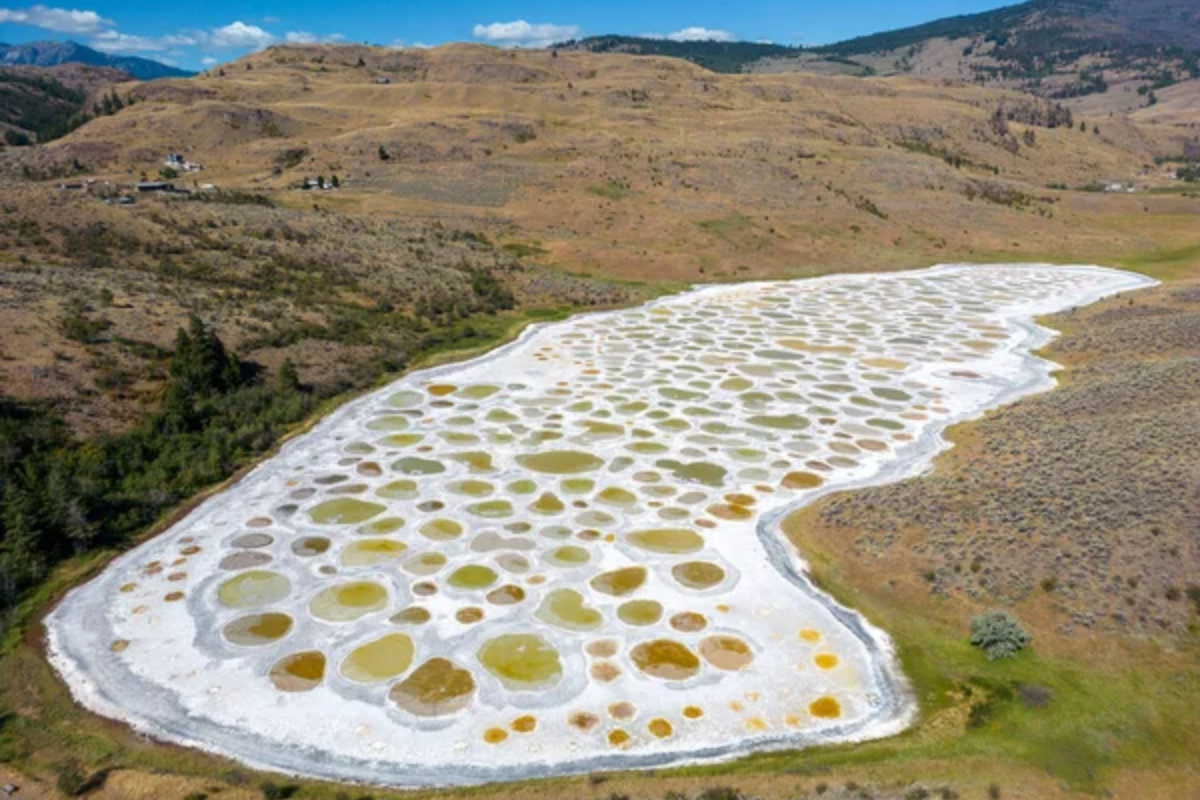
During summer months, this otherworldly lake transforms into a collection of
multicolored pools that look like giant polka dots painted on the landscape. Each
pool contains different mineral concentrations, creating distinct colors and healing
properties that local indigenous peoples have known about for generations.
Modern scientists are still studying the unique chemical composition of these waters.
Like Travel Pug’s content? Follow us on MSN.
The Great Blue Hole of Belize
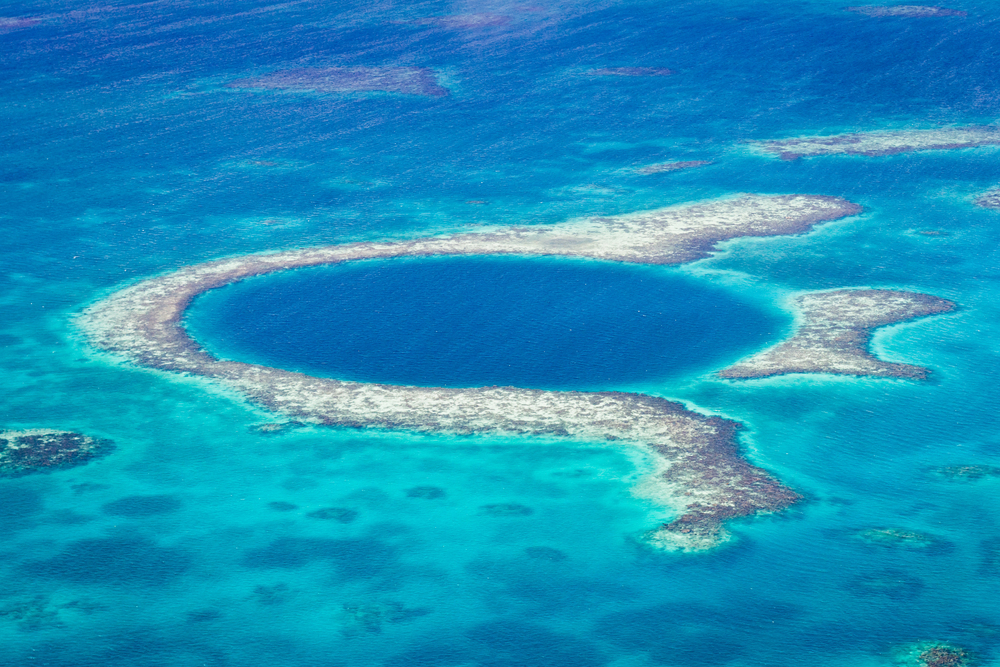
From above, it looks like someone dropped a perfect circle of darkness into the
Caribbean Sea. This massive marine sinkhole plunges 400 feet deep, with waters so
clear you can see the ancient stalactites formed when this cave was above sea level
during the last ice age.
Today, it’s a bucket-list dive site where sharks glide through underwater caves that once were cliffsides.
The Marble Caves of Chile Chico
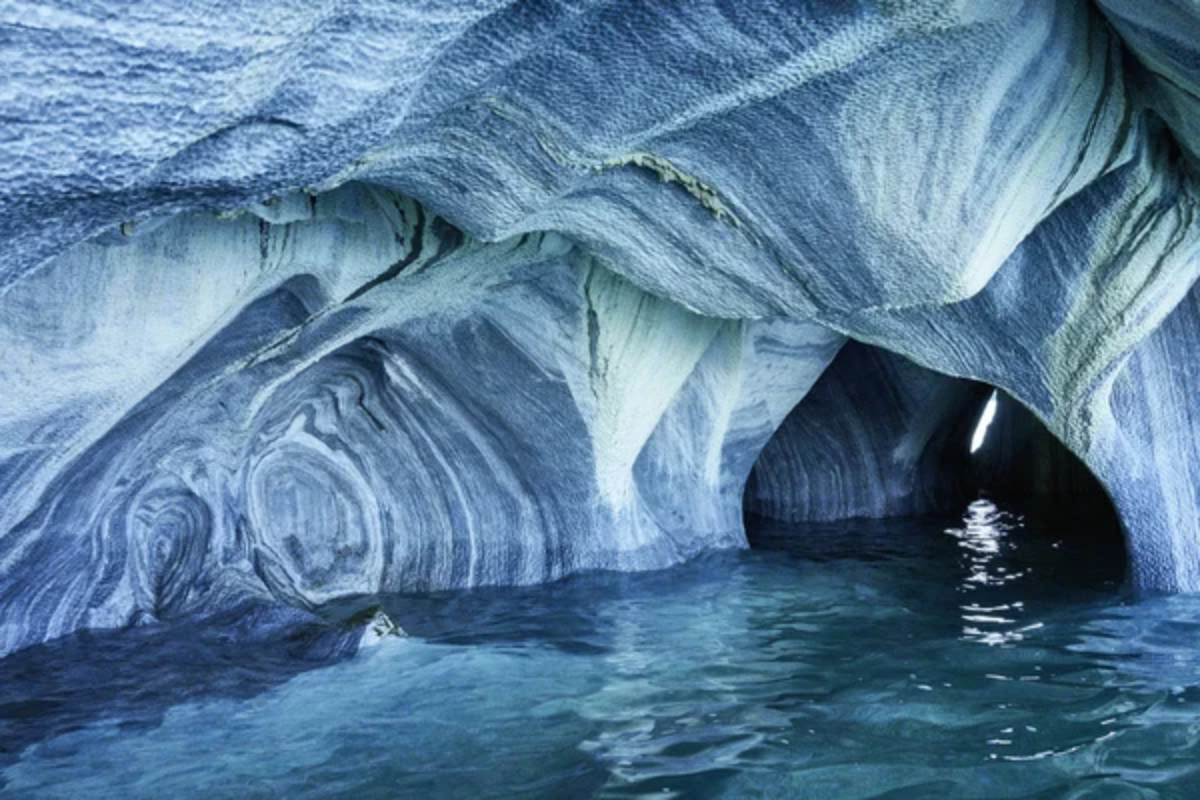
Carved by waves over thousands of years, these caves showcase swirling patterns
of blue and gray that reflect on the lake’s surface like nature’s own kaleidoscope.
The colors shift throughout the year as water levels change, creating an ever-
evolving art gallery.
Local fishermen say that no two visits to the caves are ever quite the same.
The Door to Hell, Turkmenistan
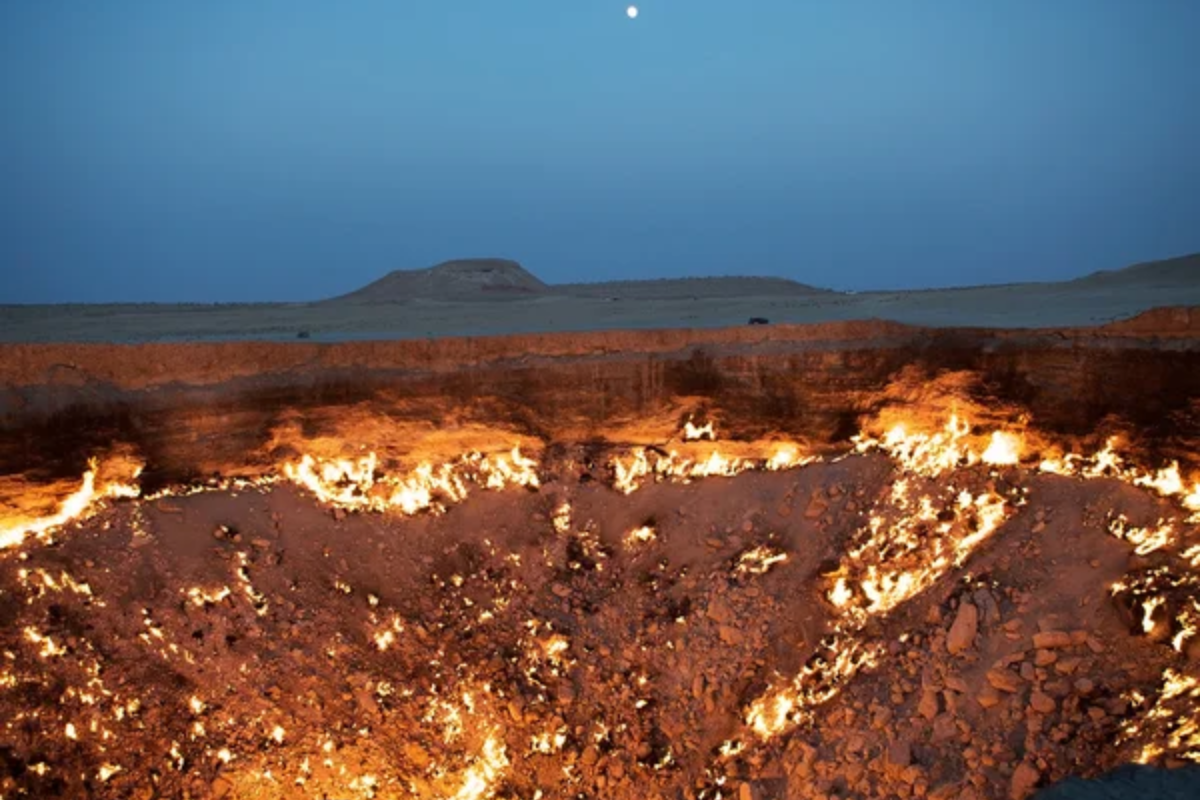
This eternally burning crater proves that sometimes, human mistakes can create
accidental wonders. When Soviet geologists accidentally drilled into a cavern filled
with natural gas, they decided to burn it off. That was in 1971, and the fire hasn’t
stopped burning since.
At night, the glow attracts desert wildlife, creating an eerily beautiful oasis of warmth in the cold desert.
Like Travel Pug’s content? Follow us on MSN.
The Hidden Beach of Marieta Islands, Mexico

Imagine a beach completely enclosed within a cave, with a hole in the ceiling
opening to blue skies above. This hidden paradise was reportedly created by military
testing in the early 1900s, but nature has reclaimed it spectacularly.
Getting there requires swimming through a tunnel during low tide – nature’s exclusive entrance policy.
The Crooked Forest of Poland
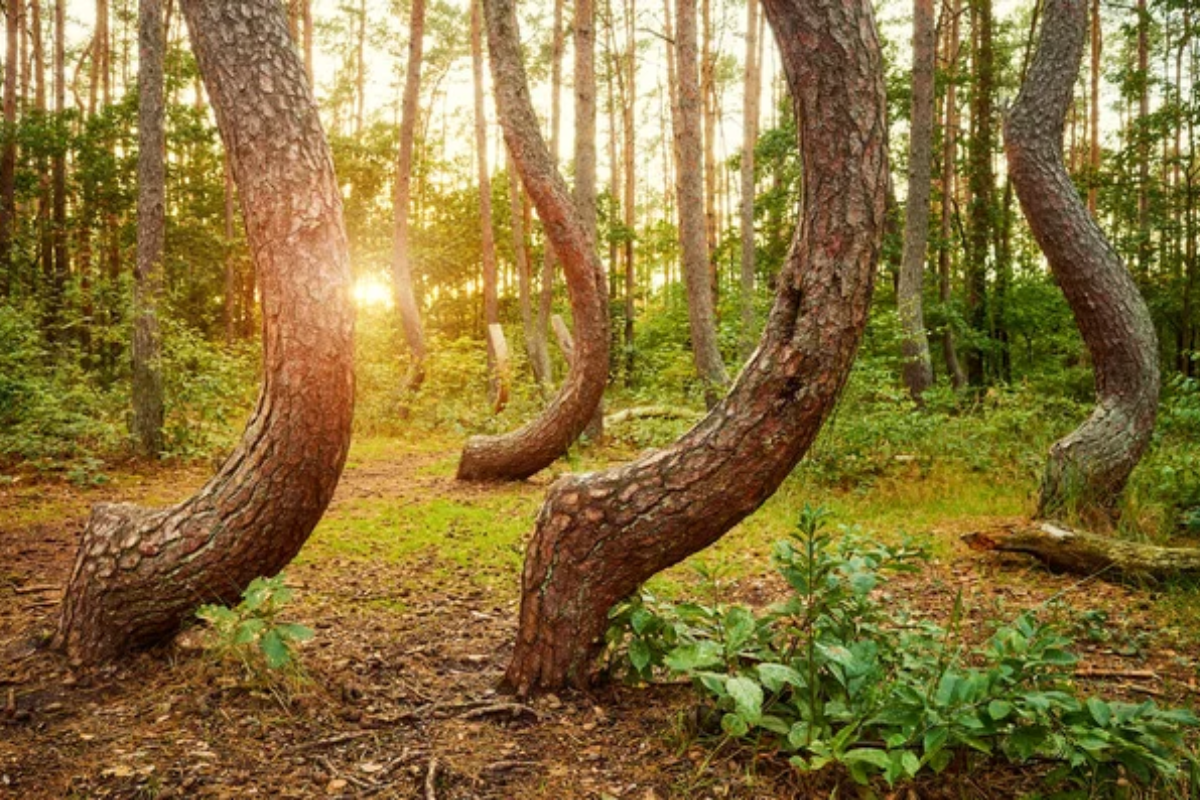
In a quiet corner of western Poland stands a grove of pine trees that appear to have
been bent by some mysterious force. Each tree curves sharply at its base before
stretching upward, creating an eerily uniform pattern.
While theories about their shape range from snowstorms to human intervention, the true cause remains a fascinating mystery.
The Waitomo Glowworm Caves, New Zealand

Thousands of tiny bioluminescent larvae create a living ceiling of blue-green stars in
these ancient limestone caves. The glowworms use their light to attract insects,
creating fishing lines of sticky silk that dangle like celestial threads in the darkness.
Like Travel Pug’s content? Follow us on MSN.
The Stone Forest of Madagascar
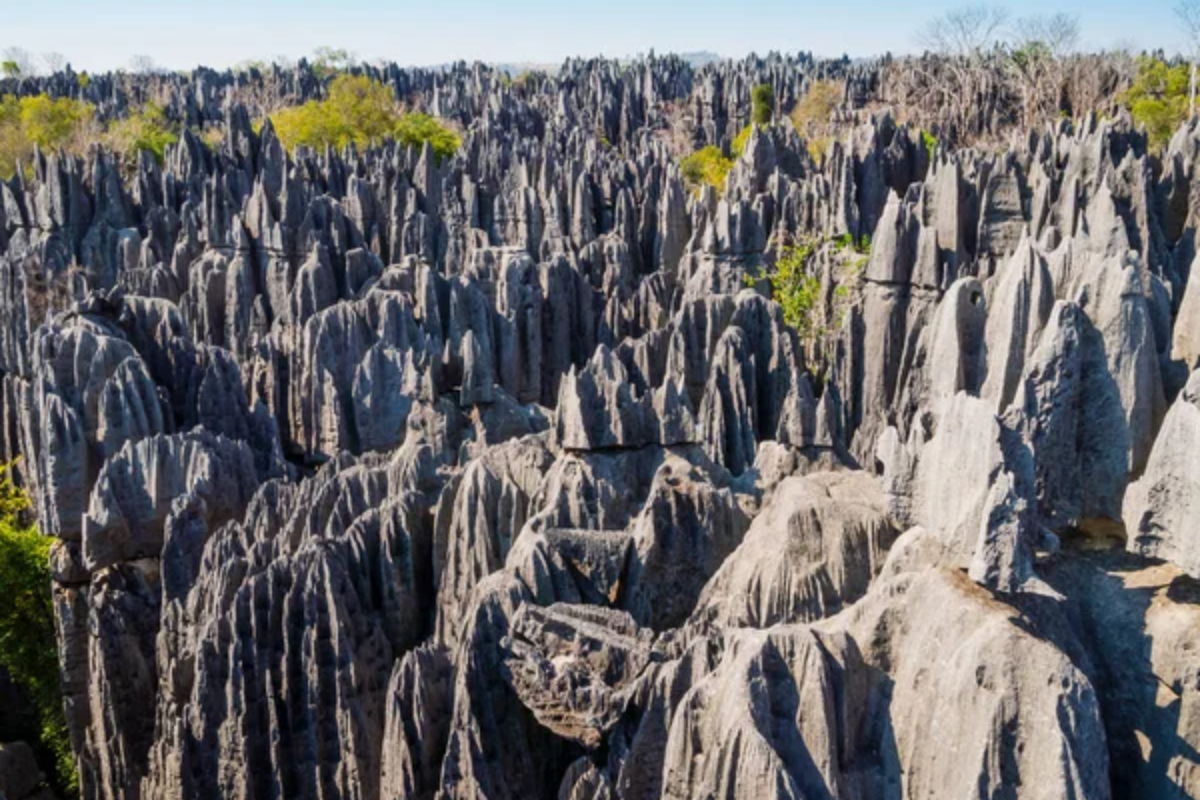
The Tsingy de Bemaraha looks like a forest made of knives, with limestone spires
rising hundreds of feet into the air. These razor-sharp rocks harbor unique
ecosystems in their crevices, where species found nowhere else on Earth have
evolved.
Local guides navigate through the formation using ancient knowledge passed down through generations.
The Salar de Talar, Chile
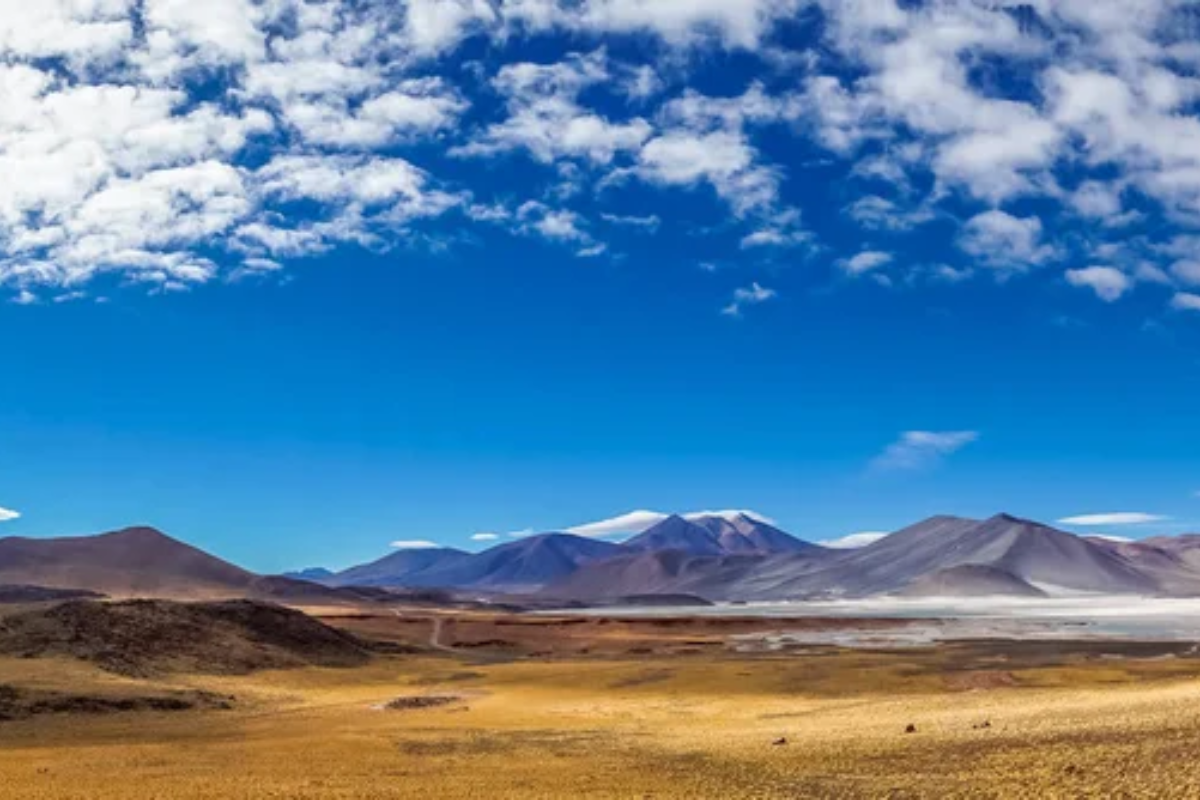
High in the Atacama Desert, this salt flat creates natural patterns that look like
abstract paintings. Unlike its famous Bolivian cousin, this hidden gem combines salt,
gypsum, and volcanic rock to create stunning red and white formations.
During sunset, the entire landscape takes on an otherworldly glow that photographers
compare to walking on Mars.
The Cave of Crystals, Slovakia

While less famous than its Mexican counterpart, this European wonder houses
countless needle-thin aragonite crystals that seem to defy gravity. They spiral in all
directions like frozen fireworks, creating formations that scientists still struggle to
explain.
The cave’s discovery beneath a working mine was pure chance.
Like Travel Pug’s content? Follow us on MSN.
The Rainbow Mountains of Peru
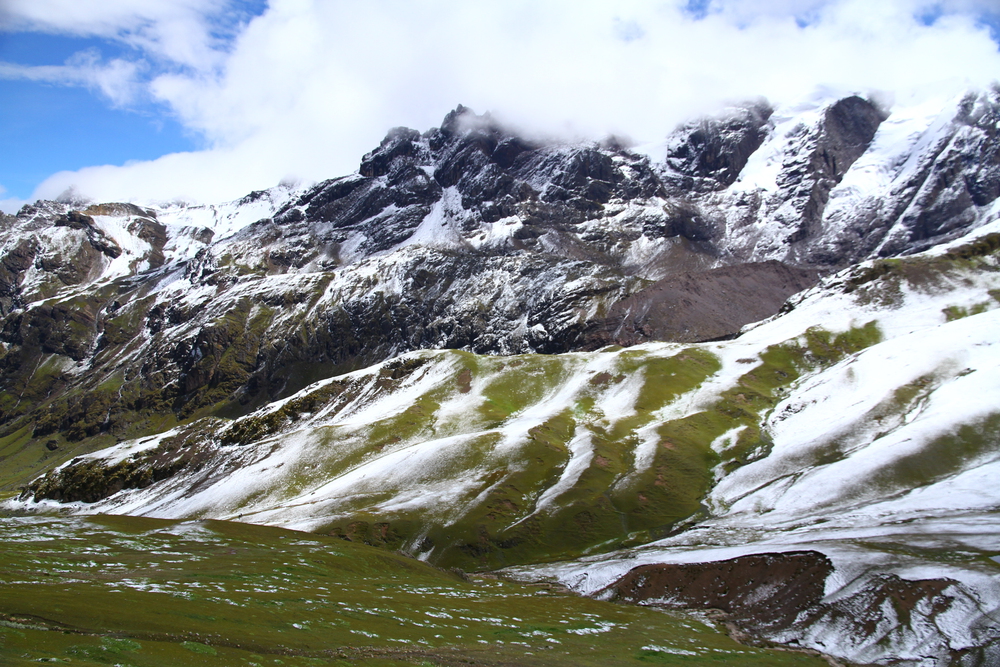
Less known than their Chinese cousins, these striated peaks near Cusco showcase
bands of color created by different mineral deposits. Local shepherds have used these mountains as natural navigation markers for centuries, reading the layers like
nature’s own GPS.
Each time of day brings out different hues, making every viewing unique.
The Moving Rocks of Death Valley
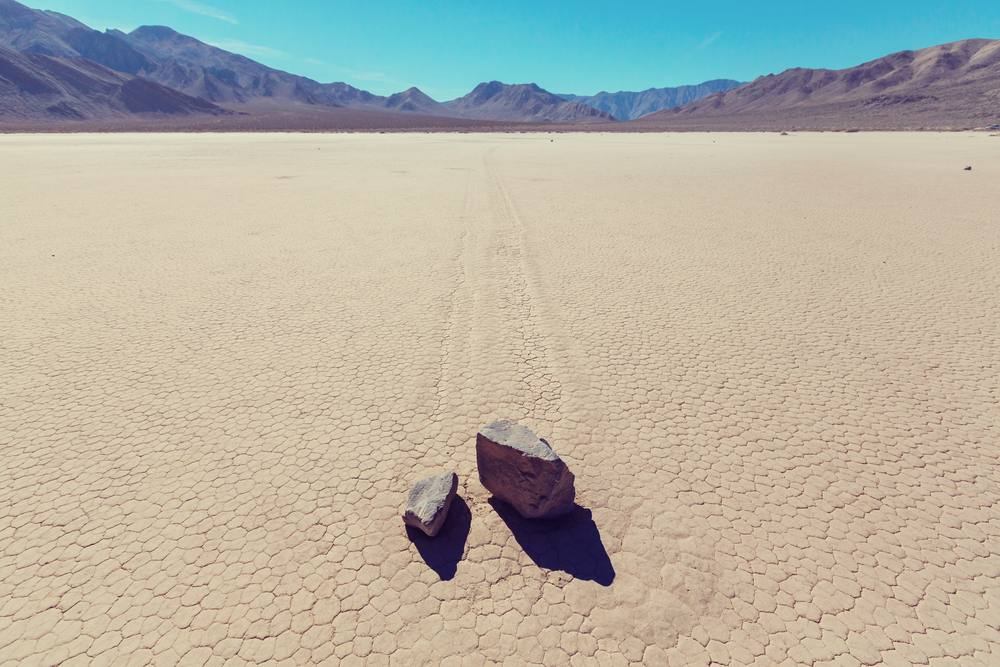
In a remote corner of Death Valley, rocks seemingly move on their own, leaving
mysterious trails in their wake. This puzzle stumped scientists for decades until they
finally caught the rocks in action – a perfect combination of rain, ice, and wind
creates the illusion of self-moving stones.
It’s a reminder that sometimes the simplest explanations can be the most fascinating.
The Richat Structure, Mauritania

Known as the ‘Eye of the Sahara,’ this massive circular formation was once thought
to be an impact crater. Actually a completely natural geological dome, its perfect
concentric circles are so large they’re visible from space.
Early astronauts used it as a landmark, proving that sometimes you need to leave Earth to appreciate its wonders fully.
Like Travel Pug’s content? Follow us on MSN.
The White Desert, Egypt
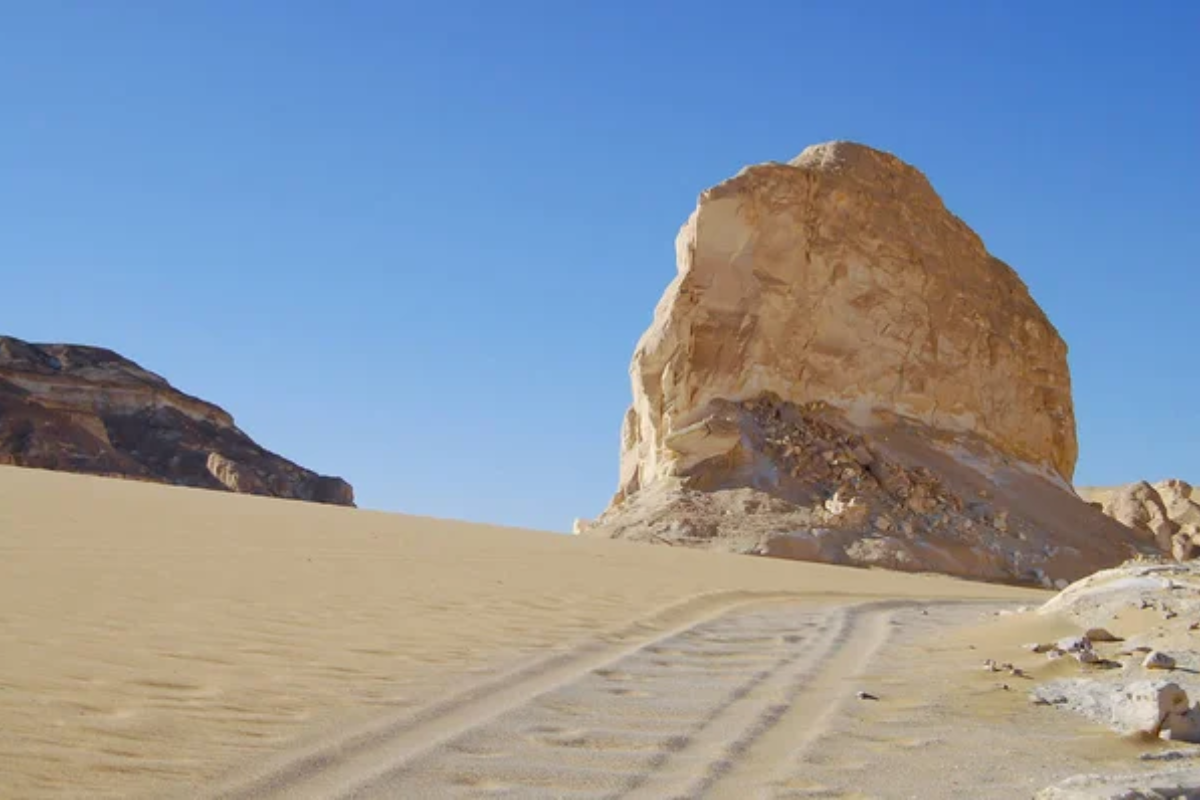
Massive chalk formations, sculpted by centuries of wind and sand, create a
landscape that looks more like modern art installations than natural rock formations.
These mushroom-shaped structures glow pink and orange during sunset, providing a
surreal backdrop for desert nomads who have traversed these sands for
generations.
The Glass Beach of Ussuri Bay, Russia

Nature has a remarkable way of turning human mistakes into masterpieces. What
was once a Soviet-era dumping ground has been transformed by decades of waves
into a kaleidoscope of smooth, colorful sea glass pebbles.
During sunset, when the light hits just right, the entire beach sparkles like a blanket of gems. It’s a reminder that sometimes the most beautiful things come from unexpected places.
The Son Doong Cave, Vietnam
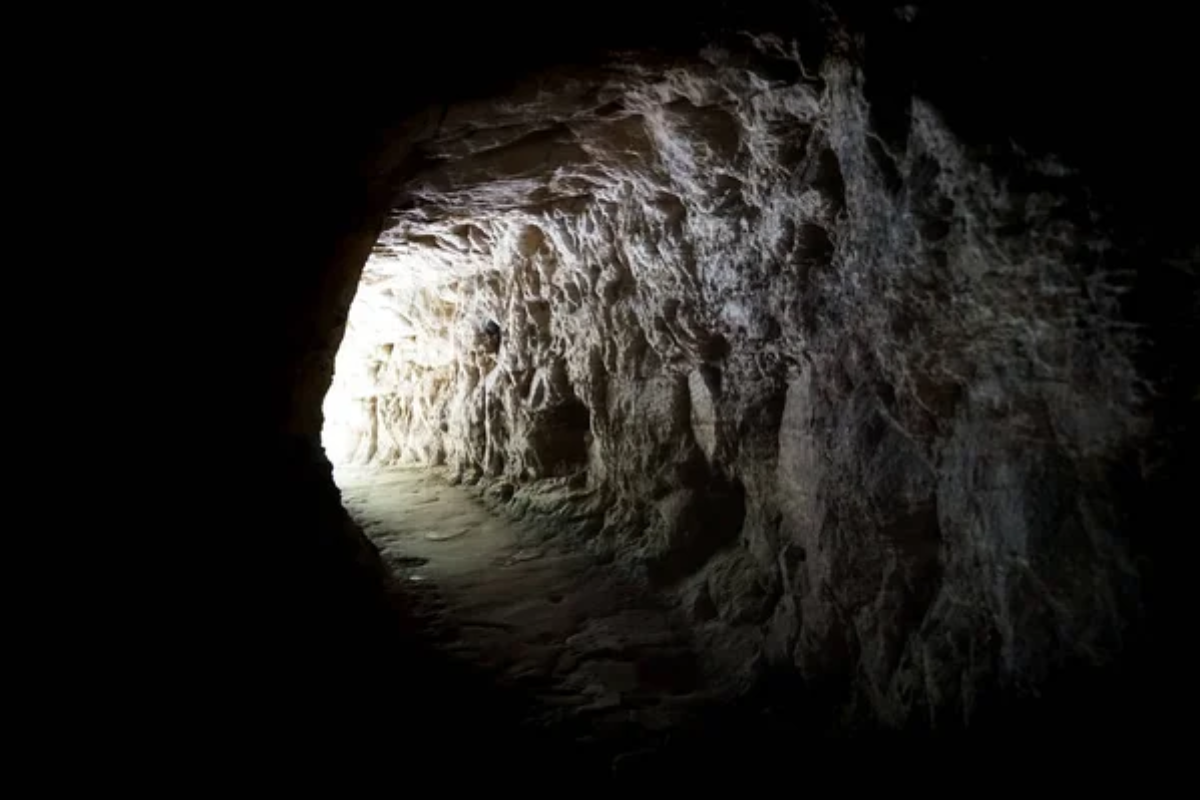
Hidden beneath the jungles of central Vietnam lies the world’s largest cave chamber
– so vast it could house a Boeing 747 with room to spare. Only discovered by the
outside world in 2009, this underground kingdom hosts its own ecosystem, complete
with underground rivers, jungles, and clouds that form near its ceiling.
Massive skylights created by ceiling collapses allow sunbeams to penetrate the darkness, creating otherworldly light shows that early explorers described as ‘ discovering a lost world.’ The cave’s isolation has preserved prehistoric features that seem frozen in time.
Like Travel Pug’s content? Follow us on MSN.
Where Past Meets Present
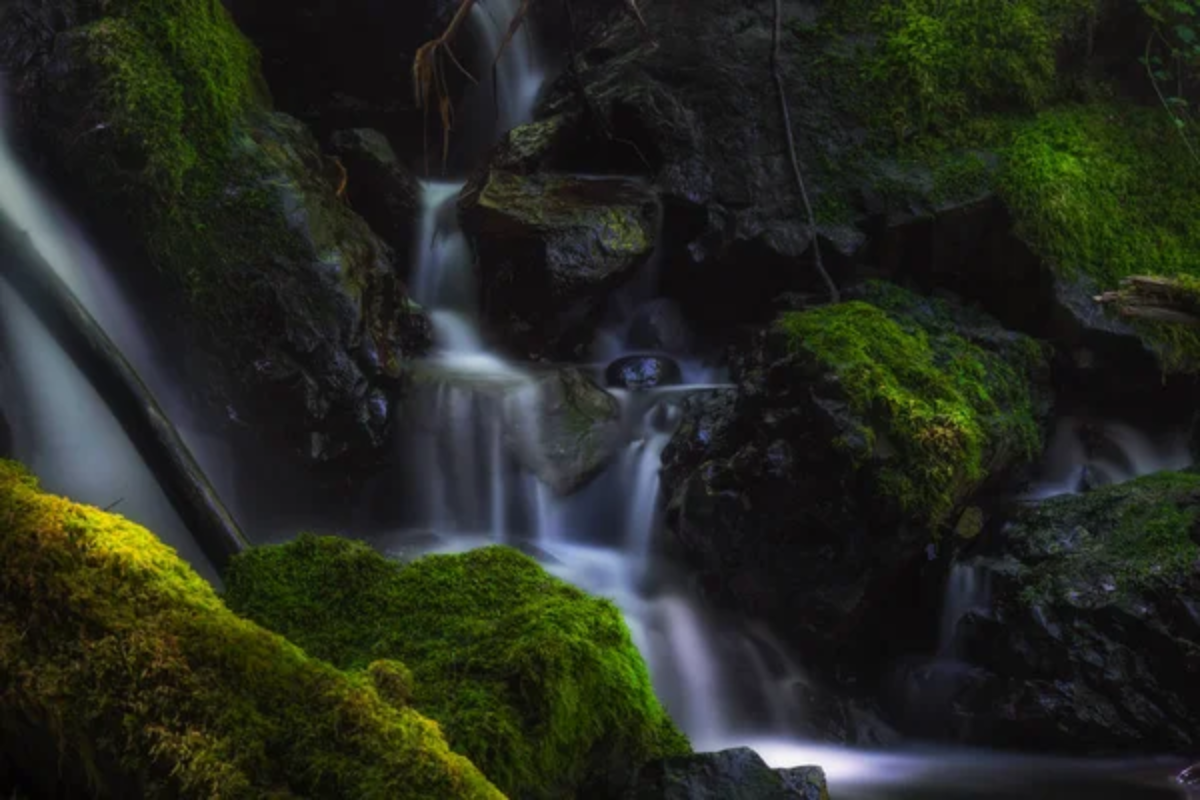
These hidden wonders remind us that our planet still holds countless secrets waiting
to be discovered by those willing to venture off the beaten path. While social media
and satellite imagery have made the world feel smaller, these places prove that
Earth hasn’t revealed all its cards just yet.
They stand as testimonies to the raw creativity of natural forces, showing us that
reality can often be more fantastic than fiction. Perhaps the real wonder isn’t just in
their existence but in how they challenge our perception of what’s possible in the
natural world.
More from Travel Pug

- 15 Dangerous European Cities to Avoid
- 15 Caribbean Islands Where Tourists Keep Getting Scammed
- The 20 Most Fascinating Abandoned Places: A Journey Through Time and Forgotten Spaces
- 15 Hidden Places in the Smithsonian Museums Locals Love: A Guide to Lesser-Known Treasures
- 16 Hidden Florida Beach Towns That Aren’t Overrun with Tourists
Like Travel Pug’s content? Follow us on MSN.
